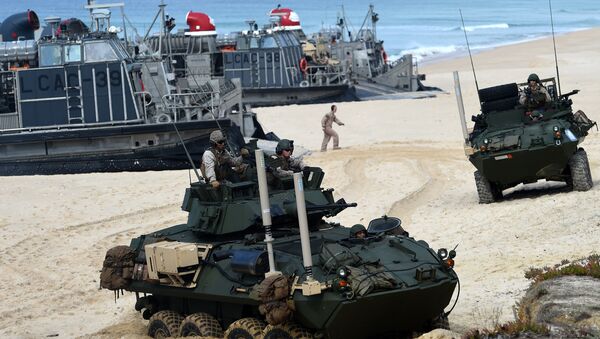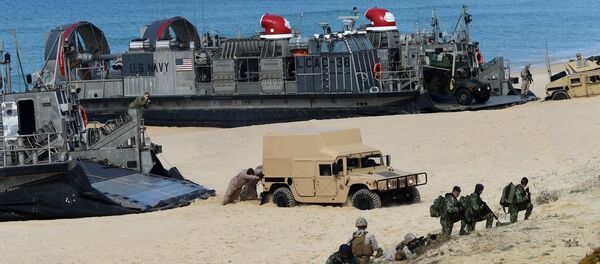BAE's contract is for $103.8 million, while SAIC's is for $121.5 million.
Each company will build 16 eight-wheeled vehicles to be tested over the next two years to replace the Marine Corps' aging Vietnam-era amphibious assault vehicle. The service will then pick a winner in 2018 to deliver 204 vehicles by 2020, Defense News reported.
BAE and SAIC beat out three other manufacturers competing for contracts to build prototypes, including Lockheed Martin, General Dynamics Land Systems and Advanced Defense Vehicle Systems.
According to John Garner, Advanced Amphibious Assault program manager, being able to operate well in water and on land were equal to requirements to carry personnel, as well as protection, he said, "so the intent was to balance the capabilities," Defense News reported.
"We did have individual emphasis areas that would give extra credit, so to speak, all the other things being equal, and those emphasis areas were weighted toward the amphibious capabilities of the vehicle because there were some very capable ground vehicles out there, but fundamentally this vehicle has to be an amphibious vehicle," Garner said.
The Marines are to start receiving prototypes in January 2017 and will test them for swimming, blast resistance, ground mobility, and personnel carriage.
Deepak Bazaz, BAE's director of new and amphibious vehicles, said the company designed its prototype not as a land vehicle tailored to marine operations, but the other way around, starting with an amphibious vehicle.
SAIC's vehicle offered improved traction and blast-mitigating seats that further protect occupants.



